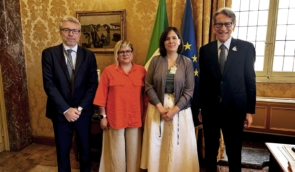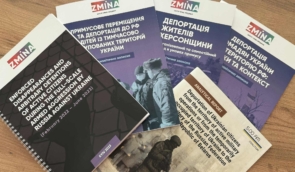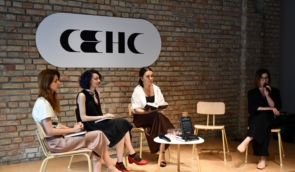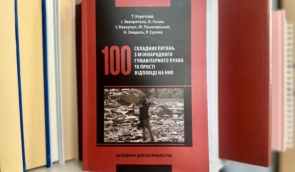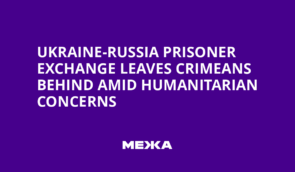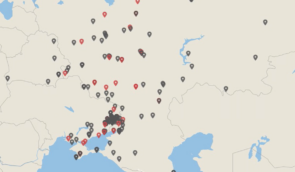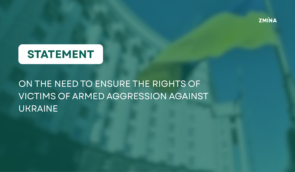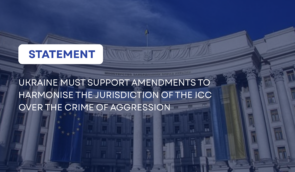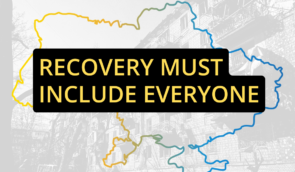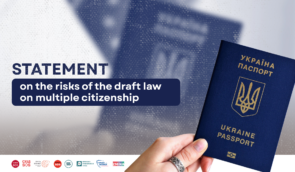Russian methods of persecuting and torturing Ukrainians are the same in all occupied territories – human rights activists
Russians are using similar methods of persecution and torture across all occupied communities in Ukraine. Torture is a key tool for Russians to extract information.
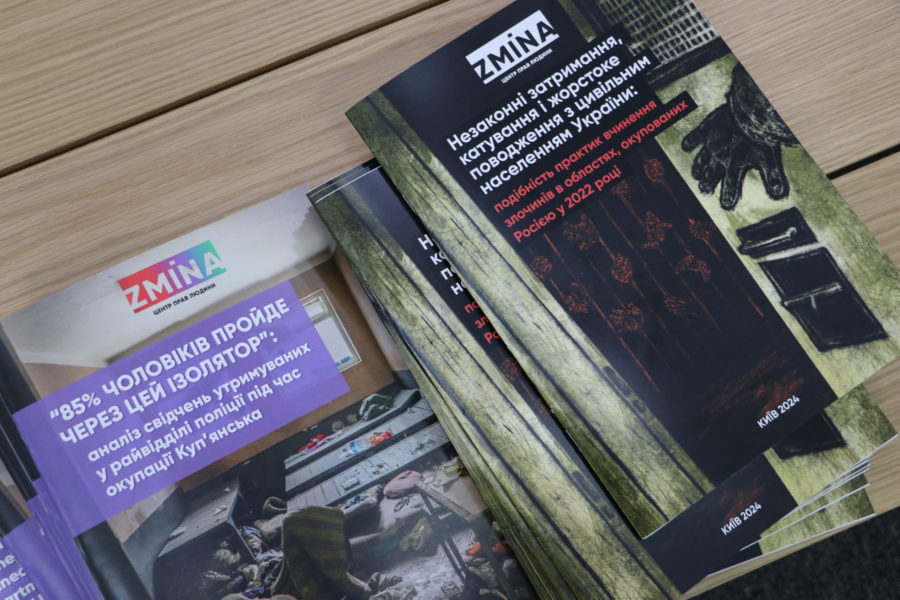
During the occupation of Kupiansk, Russian representatives unlawfully held people in the district police department’s isolation facility and tortured them with beatings and electric shocks, ZMINA Human Rights Center activists said at a press conference in Kyiv on January 17.
The human rights defenders presented two analytical reports on the illegal detention of civilians in the Kupiansk police department’s isolation facility and on Russian torture practices in occupied communities.
The report on the Kupiansk isolation facility is based on the testimonies of 30 victims and witnesses. “The exact number of people held in the isolation facility during the six months of the city’s occupation is unknown. However, according to the victims’ estimates, at the time of the people’s release on September 8, 2022, there were at least 130 affected people in the isolation facility,” said the head of the war crime documentation department at the ZMINA Human Rights Center, Yelyzaveta Sokurenko.
Nineteen out of 30 respondents, including one woman, reported being tortured during interrogations. According to Sokurenko, the Russians most often brutally beat the victims and applied electric shock. Human rights defenders are also aware of five cases of sexualized torture with electricity, where the current is connected to the victim’s genitalia.
Psychological torture, such as threats, was constant. The Russians threatened with murder, shooting in the knee, cutting fingers, pulling out nails, cutting off ears, and skinning. They also intimidated victims by claiming they would take people to Russia or the so-called “L/DPR.”
Sokurenko also said that the conditions in the isolation facility could be classified as torture because they did not meet minimal detention standards: unsanitary conditions, heat, lack of air, absence of hygiene products, constantly lit lights, forbidding new detainees from sleeping, and punishment for sleeping, poor-quality food in small quantities, lack of drinking water, and no showers.
“The Russians aim to suppress resistance in the occupied territory. They also forced the detainees to report on other community members to weaken the group supporting Ukraine,” said the expert.
ZMINA analyst-documentarian Borys Petruniak noted that the Russians use similar methods of interrogation and torture in all occupied communities in Ukraine. The torture system is universally established in the occupation, and torture is a key tool for obtaining information.
These conclusions are consistent with several previous thematic reports by the organization. “In Kharkiv, Kherson, and Zaporizhzhia regions, so-called torture chambers functioned openly and demonstratively. In this way, the Russians intimidated all residents with torture. They also carried out ‘filtration’ of the civilian population on all occupied territories,” Petruniak said.
He added that, according to the victims’ testimonies, the leading role in filtration, detention, and torture belonged to the Russian security service FSB: “They act in the same way. They use similar methods of interrogation and torture of civilians.”
According to the respondents, FSB representatives make efforts to make it impossible to identify them: they often wear civilian clothes and balaclavas.
In different occupied regions, the same methods of interrogation and torture are used, Petruniak said. Cases of severe beatings and torture with electric shock are widespread. In all detention places, representatives of the Russian Federation typically behave the same way, indicating the involvement of police units or personnel training.
Petruniak noted that the collected evidence indicated coordination of actions by Russian units involved in torture. It also demonstrates the unity of goals, objectives, and tasks of Russian representatives in all occupied territories, indicating the systematic and large-scale nature of the crime of torture.
As a result of illegal detention, poor conditions, and torture, the victims, according to their testimonies, have health problems, including insomnia, frequent nightmares about the events, anxiety, panic attacks, etc.
“One victim attempted suicide during detention in the Kupiansk isolation facility. Two more victims told us that they had suicidal thoughts during and after release. Among the physical consequences in people are severe headaches, weight loss, exacerbation of chronic diseases, knocked-out teeth, cardiovascular diseases, and more,” said Yelyzaveta Sokurenko.
Human rights defenders pointed out that not all victims interviewed by law enforcement knew about open criminal proceedings, and some individuals were not directed for all necessary examinations.
As the head of the investigation department of the National Police in the Kharkiv region, Serhii Bolvynov reported that 67 people were officially recognized as victims of the occupiers in the Kupiansk torture chamber. However, the police know about the torture of more than 150 victims aged 16 to 65 years.
Bolvynov clarified that investigating such cases was difficult because Russian representatives constantly hid their faces. But, according to him, the police will announce a series of suspicions shortly.
Source: Rubryka
If you have found a spelling error, please, notify us by selecting that text and pressing Ctrl+Enter.

